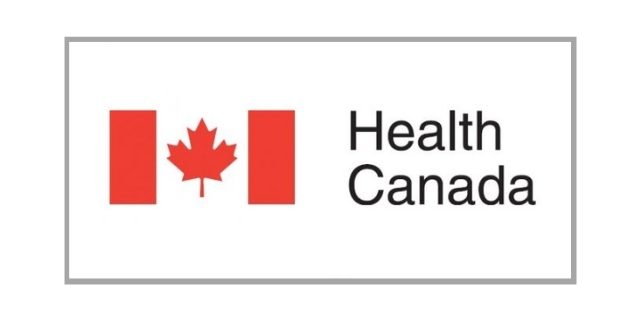19
May
Canada Quietly Bans Chlorpyrifos, While EPA’s 60-Day Deadline For Action Rapidly Approaches

(Beyond Pesticides, May 19, 2021) Last week Health Canada quietly announced its intent to cancel all remaining registrations of the brain-damaging insecticide chlorpyrifos. The decision by Canada’s federal pesticide regulators comes shortly after a U.S. federal court gave the U.S. Environmental Protection Agency (EPA) a 60-day deadline to make a final decision on whether to amend or cancel the chemical’s registration. With Europe and now Canada eliminating use of this hazardous insecticide, advocates are urging that the Biden Administration, under EPA administrator Michael Regan, finally puts an end to the decades of harm caused after chlorpyrifos was first registered in 1965.
Up until recently, Canada and the U.S. had relatively similar provisions regulating chlorpyrifos use. Officials in both countries eliminated homeowner use, and tightened up on agricultural uses in the 2000s and early 2010s, requiring additional personal protective equipment and drift mitigation measures.
However, Health Canada began to look at significant restrictions on chlorpyrifos in 2019, when it proposed eliminating a range of uses that threaten environmental health. Under its draft decision, regulators planned to eliminate all uses except for mosquito control, structural pest control, outdoor ornamentals, and greenhouse ornamentals. Certain agricultural uses were provided an extended phase-out period with additional risk mitigation measures.
Meanwhile, throughout the late 2010s, EPA set out to defend chlorpyrifos use. Former EPA administrator Scott Pruitt reversed a pending order during the Obama Administration that would have cancelled chlorpyrifos, raising serious concerns around conflict of interest with the pesticide’s primary registrant, Dow Chemical. Lawsuits continued to work their way through the courts, but by the end of 2020, EPA proposed a reregistration of chlorpyrifos with risk mitigation measures health experts regarded as wholly inadequate. The agency proposed label amendments, additional personal protective equipment, and limited, additional drift mitigation measures.
Health Canada published its draft decision at the end of 2020, and indicated that it was subject to further review based on the results of its human health risk assessment, which had yet to be completed. As part of that review the agency requested a “data call-in,” indicating that in order to maintain the registration of the chemical, its manufacturers needed to provide regulators with specific studies or information on certain health impacts. According to a release published by Health Canada last week, chlorpyrifos manufacturers “failed to satisfy the data requirements.” As a result, regulators decided to cancel all remaining uses, including those they had considered retaining at the end of last year. Under the cancellation, final retail sales will stop in December 2022, and remaining agricultural uses have a December 2023 cut-off date.
As Canada cancels and phases out chlorpyrifos, EPA has less than 60 days to make a final decision whether to continue to allow uses of the chemical. As it stands, chlorpyrifos is currently allowed on a range of food crops, from almonds, to apples, broccoli, cucumbers, onions, peppers, strawberries, and walnuts. Fruits and vegetables are part of a healthy diet, but the cumulative levels of chlorpyrifos on food products and in our environment pose significant risks to health, particularly children with developing bodies. And within that group, the children of farmworkers are likely to be the most at risk, given the numerous routes of potential exposure (from family members returning home from work, from air in an agricultural region, as well as in food and water).
The range of food products chlorpyrifos is allowed on underlines the importance of choosing organic whenever possible. Consumer choices in the marketplace can make a big difference. Feeling public pressure, the insecticide’s main registrant, Corteva (formerly DowDupont) announced that it will stop producing the chemical.
Concerned U.S. residents are strongly encouraged to let EPA know what they think about the continued allowance of this highly toxic product. As the agency deliberations during its 60-day deadline, EPA needs to know that the public is paying attention to its decision, and will hold the agency accountable to the science. But while EPA will be making a decision on chlorpyrifos, its important to let the agency know that other neurotoxic chemicals should be next on the chopping block. Take action today to tell EPA to follow Health Canada’s lead by banning all chlorpyrifos use, and follow up by cancelling other neurotoxic pesticides.
All unattributed positions and opinions in this piece are those of Beyond Pesticides.
Source: Health Canada










